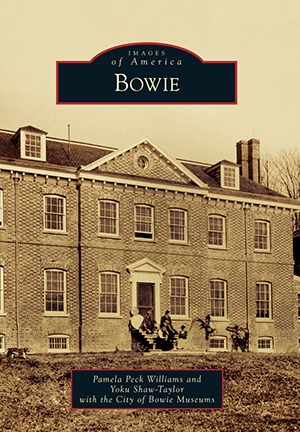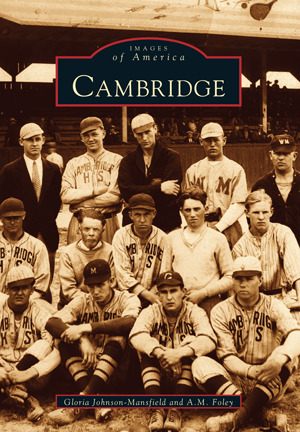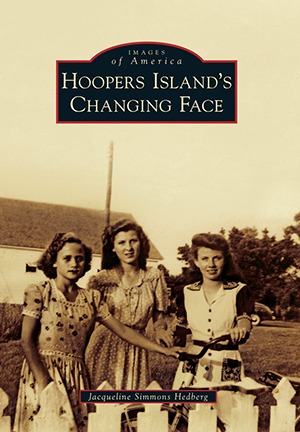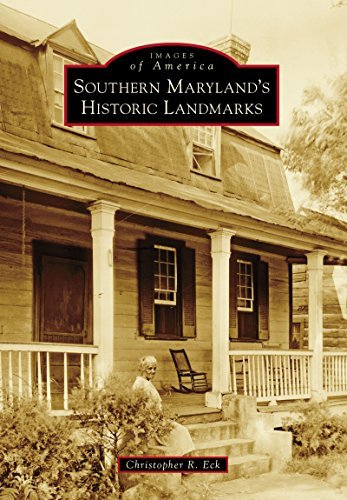


Books in series

Accokeek
2013

African Americans of Calvert County
2008

Allegany County
2011

Around Greensboro
2008

Around Mount Washington
2013

Around Susquehanna State Park
2005

Baltimore County
2009

Baltimore in World War II
2005

Baltimore's Deaf Heritage
2014

Baltimore's Patterson Park
2006

Bel Air
2004

Bowie
2016

Cambridge
2002

Carroll County
2006

Cecil County
2008

Charles County
2007

Charles County Revisited
2009

Chesapeake's Western Shore
Vintage Vacationland
2009

Chincoteague and Assateague Islands
2000

Columbia
2005

Crisfield
The First Century
2006

Crofton
2009

Dorchester County
2002

Dundalk
2006

Easton
1999

Edgewood
2012

Elkridge
2013

Essex
2007

Farming in Anne Arundel County
2011

Farming in Carroll County
2009

Federal Hill
2012

Firefighting in Frederick
2004

Firefighting in Frederick County
2005

Firefighting in Hagerstown
2004

Forest Glen
2004

Frederick County
2005

Frostburg
2002

Greater Roland Park
2015

Growing Up in Baltimore
A Photographic History
2001

Guilford
2015

Hagerstown in the Civil War
2011

Hampden-Woodberry
2006

Havre de Grace
2006

Highlandtown
2006

Highlandtown Revisited
2011

Holland Point
2008

Hoopers Island's Changing Face
2016

Howard County
2011

Hyattsville
2008

The Jewish Community of Baltimore
2008

Kent County
2005

Lakeland
African Americans in College Park
2009

Maryland Thoroughbred Racing
2005

Maryland in the Civil War
2013

Maryland's Lighthouses
2008

Maryland's Motion Picture Theaters
2008

Maryland's Skipjacks
2008

Middletown Valley
2012

Montgomery Village
2011

Mount Rainier
2016

Mount Vernon Place
2006

Ocean City
Volume I
1999

Ocean City
Volume II
1999

Oxon Hill
2006

Perry Hall Mansion
2013

Perryville
2012

Pocomoke City (Images of America
2008

Prince George's County
1999

Reisterstown
2010

Reservoir Hill
2013

Riverdale Park
2011

Rock Hall
2007

Salisbury
2011

Sharpsburg
2009

Smithsburg
2008

Snow Hill
2006

Somerset County
2012

Somerset
One Hundred Years a Town
2005

Sotterley Plantation
2013

Southern Maryland's Historic Landmarks
2016

Spring Grove State Hospital
2008

Sykesville
2001

Takoma Park
2011

Talbot County
2006

Towson and the Villages of Ruxton and Lutherville
1999

Trimper's Rides
2014

Turner Station
2008

United States Naval Training Center, Bainbridge
2007

Washington County
2002

Washington County in the Civil War
2016

Westminster
2009

Wheaton
2009

Wicomico County
2008

Williamsport
2005
Authors

Dr. Gianni DeVincenti Hayes has been writing & speaking professionally for 30 years. She earned her Ph.D Summa cum Laude in English, literature & world/comparative studies from the University of Maryland College Park (focus in humanities—writing, comparative literature, religion, history, politics, philosophy, art). Both masters were earned at Duquesne University with high honor in scientific research, educational administration & technology; her B.S. from VMC/Gannon University is in biology/chemistry where she was honored with Distinguished Alumni Award. She attended the University of Pittsburgh for two years in a doctoral program in instructional technology/communications where she earned The Letter of Highest Commendation. She was endowed to the University of Rochester's writing program for 5 summers & to Middlebury College's prestigious Bread Loaf Writing Program. She earned a Doctor of Ministry in 2013. She speaks internationally, especially for cruises, on globalism, politics, religion, and current events, and she is a recipient of many tributes, as well as a former college professor & department chair, and author of 24 novels & nonfiction books. She writes screenplays, was a print & online syndicated columnist for 22 newspapers nationally and internationally. She hosted a radio talk show on American Voice Station, which features noted authors, celebrities, politicians, culture and religion; it is heard worldwide on AM/FM stations nationwide and the internet, among other venues. Many of her guests are noted personalities, such as TV news correspondent Bernard Goldberg, Congressman Kucinich, Vince Bugliosi (Manson trials), Dr. & Ambassador Alan Keyes, Judge Napolitano, Phyllis Schlafly, Mel Gibson's father and chef, and many others. Dr. Hayes also speaks on politics and eschatology (religion, philosophy and history with Bible prophecy). She founded The Writers Bloc, Inc, on 1992, was distinguished at many authors' receptions, featured in Contemporary Authors Encyclopedia, nominated for the Governor's Award of Writing, and was honored at her undergraduate college for Women's History Month 2003 where she gave a campus presentation. She has been unanimously voted into her high school Hall of Fame Award for Distinguished Alumni. Gianni DeVincenti Hayes, Ph.D has been honored by her doctoral school alma mater by setting up an archive of her papers, in her name, in the University Libraries. The collection consists of her books, various manuscripts, instructional materials she created as a college department chair & associate professor, her business reports, speaking materials, and personal correspondences with other authors and people of note. She also co-hosted a television show on Public Access TV. She served on the Board of Directors for Pemberton Hall, and for her HOA, and is President Emeritus and Founder of the Writers Bloc, Inc.; she also served as Special Assistant to the Chancellor of the University of Maryland ES. Too, she is an equal partner in two corporations, and belongs to Phi Kappa Phi Honor Society, the Authors Guild and the National Writers Union. She writers under several pen names, has over 100 articles & short stories published in major newspapers & national magazines, including books published in print & in electronic form. Research, biographies, current events, and eschatological topics are subjects of experience. She has appeared nationwide in newspapers and magazines, and on dozens of national radio and television shows, including A & E Biography, and Pennsylvania Cable Network TV, comprised of 145 stations statewide & nine million viewers. When not speaking around the world, Dr. Hayes enjoys oil painting and listening to classical music, and reading. She is married with two daughters and four grandbabies.



Mindie Burgoyne, is a travel writer, blogger, author, tour operator and speaker. Her focus is traveling within the context of a story to mystical – magical places that stir the mind and spirit. She’s also the organizer of a travel club for girlfriends called The Travel Hags. All six of her published books focus on travel destinations but Haunted Eastern Shore: Ghostly Tales from East of the Chesapeake is the most popular (10th printing) with its 19 haunted tales of sites east of the Chesapeake Bay. This book was followed by a series of three - Haunted Ocean City and Berlin (2014), The Haunted Mid-Shore: Spirits of Caroline, Dorchester and Talbot Counties (2015) and The Haunted Lower Shore: Spirits of Somerset, Wicomico and Worcester Counties (Oct. 2106).This collection not only shares mysterious events and haunted activities on the Delmarva Peninsula, it also offers a deep, insiders view of the people and traditions of the "Shore." Mindie also operates a tour company that offers group travel excursions to mystical places in Ireland and western Europe, and she is the founder and operator of Chesapeake Ghost Tours, which offers over a dozen different ghost tours year-round on the Eastern Shore of Maryland. Travel inspires her to write.
